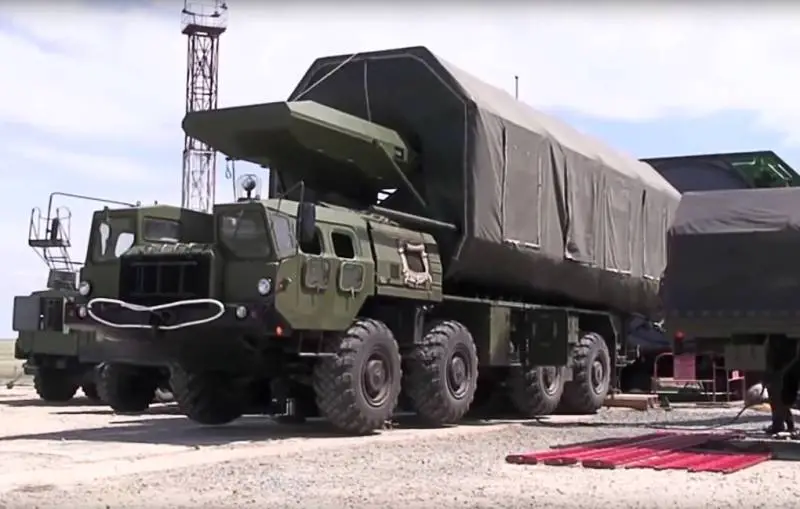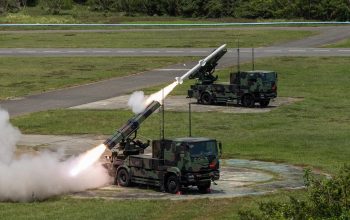Defense Minister Sergei Shoigu informed Putin that the first missile unit equipped with the Avangard hypersonic glide vehicle became operational Friday. On 27 December 2019, the first missile regiment armed with the Avangard HGV officially entered combat duty. The Avangard was put on duty with a unit of the Russia Strategic Missile Forces (Raketnye voyska strategicheskogo naznacheniya) in the Orenburg region in the southern Ural Mountains. Putin has described hypersonic glide vehicle as a technological breakthrough comparable to the 1957 Soviet launch of the first satellite. The Avangard is one of the six new Russian strategic weapons unveiled by Russian President Vladimir Putin on 1 March 2018.
In December 2018, the Avangard was launched from the Dombarovskiy missile base in the southern Urals and successfully hit a practice target on the Kura shooting range on Kamchatka, 6,000 kilometers away. Russian media reports indicated that the Avangard will first be mounted on Soviet-built RS-18B intercontinental ballistic missiles, code-named SS-19 by NATO. It is expected to be fitted to the prospective Sarmat heavy intercontinental ballistic missile after it becomes operational. The hypersonic glide vehicle (HGV) flew at 27 times the speed of sound, “invulnerable to interception”.

The Avangard (Vanguard), previously known as Objekt 4202, Yu-71 and Yu-74, is a Russian hypersonic glide vehicle (HGV), that can be carried as a MIRV payload by the UR-100UTTKh, R-36M2 and RS-28 Sarmat heavy ICBMs. It is launched atop an intercontinental ballistic missile, but unlike a regular missile warhead that follows a predictable path after separation it can make sharp maneuvers in the atmosphere on its way to deliver both nuclear or conventional payloads, making it much harder to intercept. The Avangard and a similar system being developed by China have troubled the United States, which has pondered defense strategies.
The Avangard is designed using new composite materials to withstand temperatures of up to 2,000 Celsius resulting from a flight through the atmosphere at hypersonic speeds. The hypersonic glide vehicle (HGV) is capable of flying 27 times faster than the speed of sound and carries a nuclear weapon of up to 2 megatons. Moscow has scoffed at U.S. claims that its missile shield isn’t intended to counter Russia’s massive missile arsenals. According to Russian Defense Ministry’s press service/TASS, the Avangard missile system with the hypersonic glide-vehicle was demonstrated to the US inspection group in accordance with the New START treaty procedures on November 24-26, 2019.


























